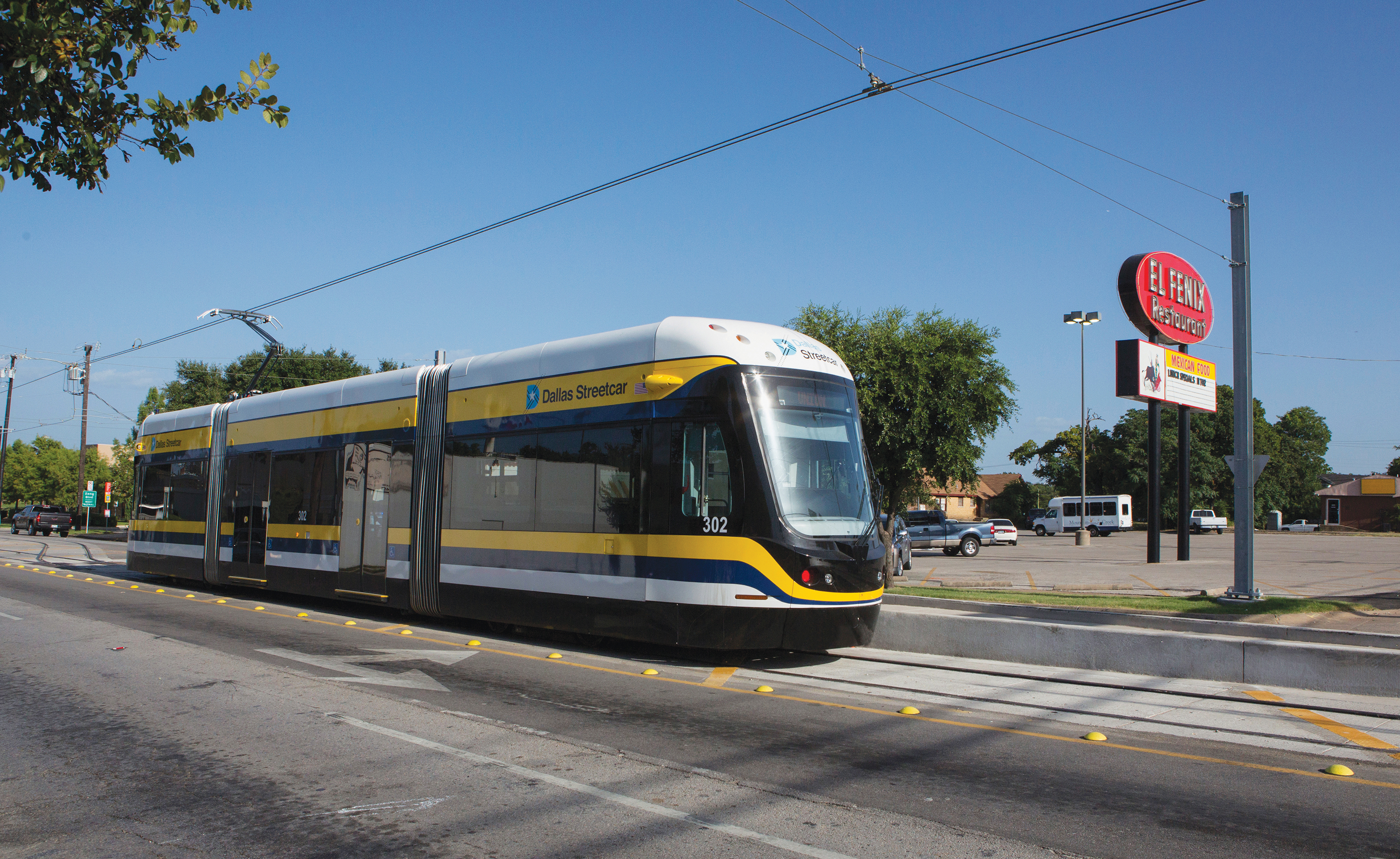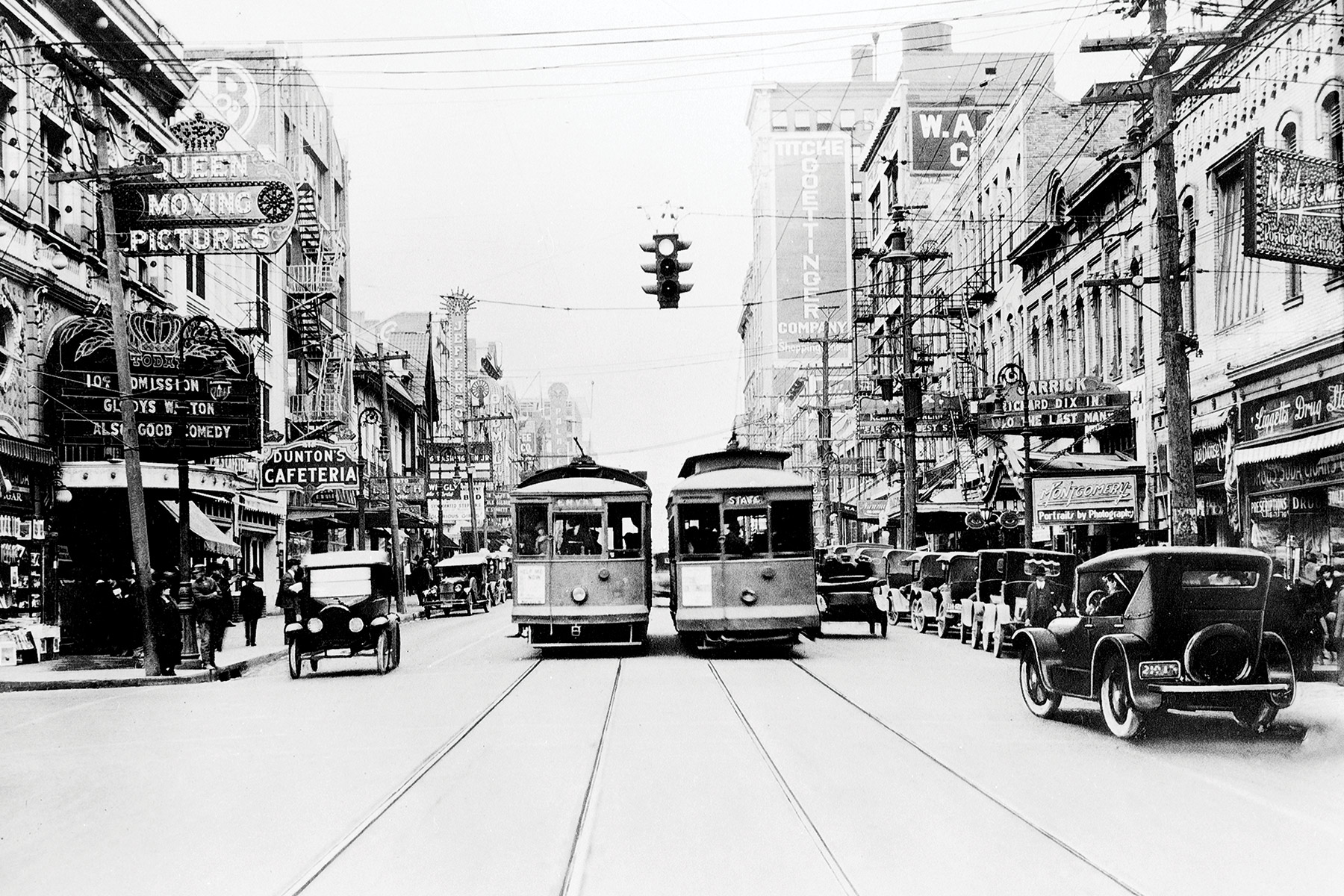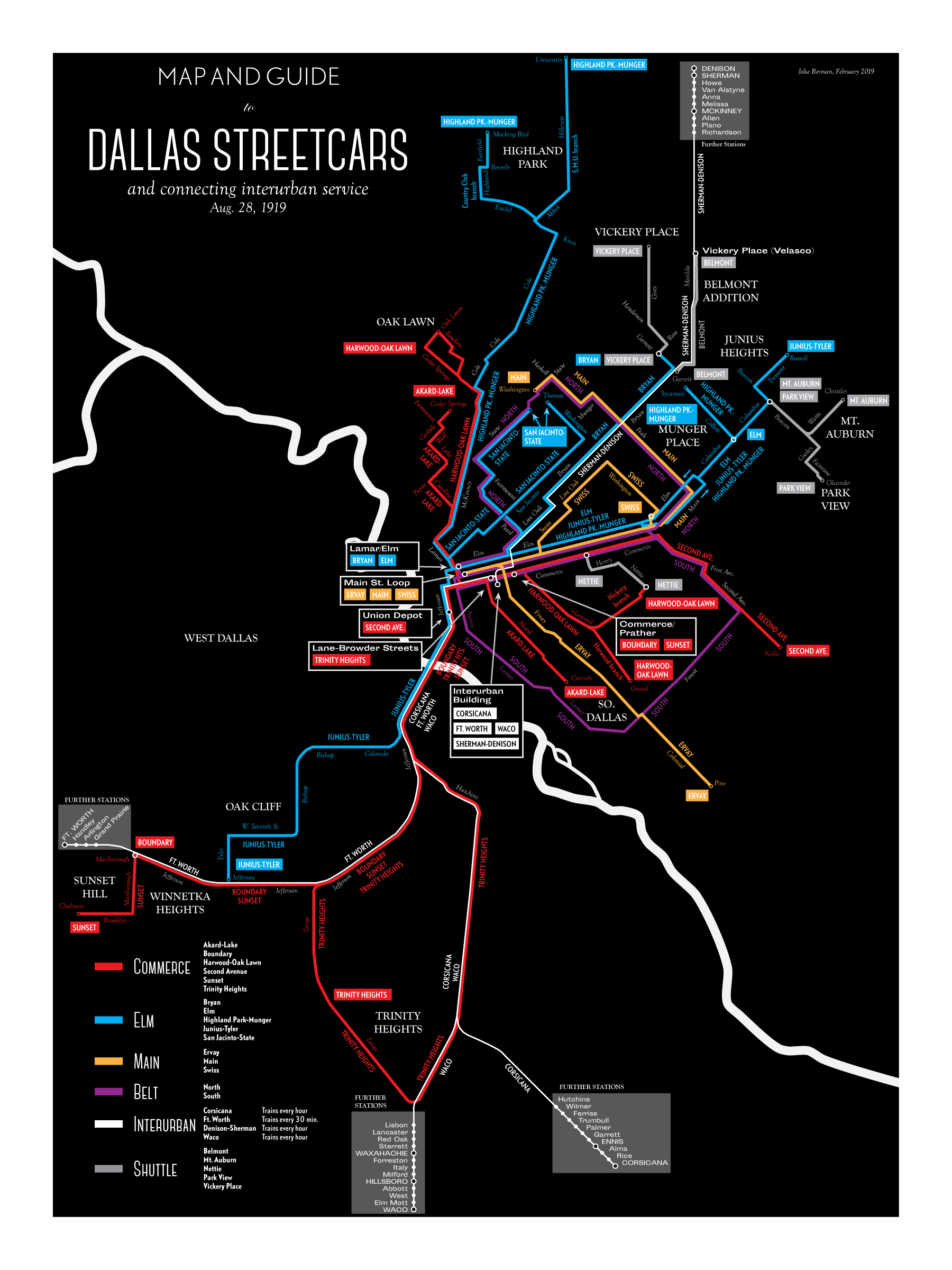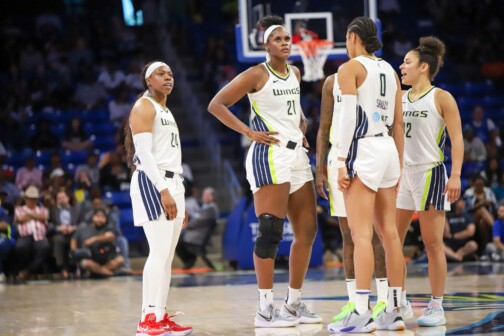Now that DART has shelved its plans for a nearly $2 billion subway under downtown Dallas, some at City Hall have turned their attention to the humble streetcar. Council members Paul Ridley and Jesse Moreno, whose districts include downtown, Uptown, and Deep Ellum, requested a briefing from staff this week about the possibility of building out a streetcar network.
Wednesday’s meeting showed how much work is left to do, which includes getting a majority of the body to agree on how to move forward.
The city’s two existing streetcar lines don’t come close to connecting. They are operated by different agencies: Dallas Area Rapid Transit runs the 2.5-mile track from the Bishop Arts District to Union Station, and the nonprofit McKinney Avenue Transit Authority operates the donation-based 4.6-mile line through Uptown and the Arts District. That leaves a lot of city without streetcar service, and city staff would prefer they begin to address this issue by connecting the existing lines through downtown proper.
Among council members, Wednesday’s briefing was a scattershot mix of don’t-forget-my-district sermons and the airing of far broader, mostly unrelated, transportation grievances. Councilwoman Cara Mendelsohn, of Far North Dallas, used the forum to continue her attacks on DART policy and operations. Councilwoman Carolyn King Arnold used her time to lament the poor quality of roads around Oak Cliff.

Breaking through the noise, city staff told its bosses that they would prefer to start by connecting the Oak Cliff and Uptown lines with a “central link” through downtown, then extend outward into surrounding neighborhoods. That central link would likely cost about $108 million to build—the city and its partner, Downtown Dallas Inc., say they are confident they can win grants from the Federal Transit Administration—and another $7 million in annual operating costs. It would essentially connect Bishop Arts with Uptown by streetcar, as well as other central neighborhoods and amenities like the Farmers Market, the convention center, and the AT&T Discovery District.
Transportation director Gus Khankarli said his team will now study “finding a practical and sustainable” way to pay for operations and then determine a route. Councilman Adam Bazaldua, who represents South Dallas, asked for staff to study Kansas City’s streetcar network, for which, he said, “they’ve never touched their general fund budget in operating (a system) that is being expanded three times the original alignment.”
There are many possibilities for funding, some of which haven’t been employed in Dallas. For instance, the city may decide to pay for operations using a parking benefit district, which would direct parking revenue from downtown into paying to run the streetcar. A consultant will lead an analysis that identifies funding mechanisms and revenue projections to ensure the city isn’t operating the streetcar at a loss.
Not everyone is sold on starting downtown. Bazaldua was particularly direct.
“We need to stop pouring money into just the (Central Business District) and stop ignoring the fact that we have a lot of neighborhoods to connect to the CBD,” he said. He wants a line along Martin Luther King Jr. Boulevard. Staff would prefer to give that line something to connect to.
There used to be service in his district. There are streetcar tracks under many Dallas neighborhoods. A century ago, three competing operating companies ran over 300 cars from Oak Cliff all the way up to Highland Park. The city eventually took over the system, and the rise of buses and private cars eventually muscled out the streetcars. Operations ceased in 1956, and sprawl dictated the city’s transportation investments.
“DART is most conducive for people who live outside of our city limits to come into our city,” Bazaldua said. “This needs to be about moving Dallasites. It needs to be about connecting people in surrounding neighborhoods who don’t have the luxury of bike infrastructure near a bus stop to take mass transit into downtown.”
The existing lines show promise. The nonprofit McKinney Avenue Transit Authority began operating a streetcar in Uptown in 1989, which last year grew ridership on its seven cars to over 600,000. The city of Dallas returned to the idea of streetcars in 2005, conducting a comprehensive transportation plan for the central business district. There were briefings and plans and federal grant applications.
A group of Oak Cliff transit fanatics eventually won a federal TIGER grant in 2009, which forced the city to build a line from near Methodist Hospital to downtown. It’s since expanded to the eastern edge Bishop Arts, but no further south. When it began operating, it ran from 9:30 a.m. to midnight, basically eliminating it as an option for working Dallasites. (It now runs from 5:30 a.m. to midnight, seven days a week.)
The city’s rezoning efforts combined with the new streetcar access spurred a rush of multifamily apartment complexes along Zang Boulevard, which came with a rise in rents that many locals lamented. If Dallas begins expanding into other neighborhoods—like South Dallas—it will need to consider how a fixed piece of infrastructure may change the makeup of these communities.
As Evan Sheets, the vice president of planning and policy at Downtown Dallas Inc., told the Council: “the commercial real estate market does respond to a fixed asset in a different way than a movable asset.” This is the argument for why the streetcar would be a leg-up over a bus in terms of economic development.
The DART line has far lower ridership than MATA’s. In the last fiscal year, just 161,697 people boarded the Oak Cliff streetcar for downtown. The city hopes connectivity would attract even more, particularly capturing the estimated 2 million conventioneers who stay in downtown hotels each year.
“Your visitor population is really important,” Sheets said. DDI has worked with the city to study the possibility of a streetcar downtown. “Geographically, having two lines already constructed and linking those two lines is a natural first step to then build enough momentum and enough coverage that you can have success within the overall system as a proof of concept to look at your expansions.”
It’s a starting point for planning, returning to 2005 when the city first began looking at the possibilities for a streetcar network. It was all there at one point, after all, more than 100 years ago. Building out a streetcar system could be a way to create transit that effectively serves Dallas’ inner core: it is an exciting possibility, if the City Council can find common ground.
Author







